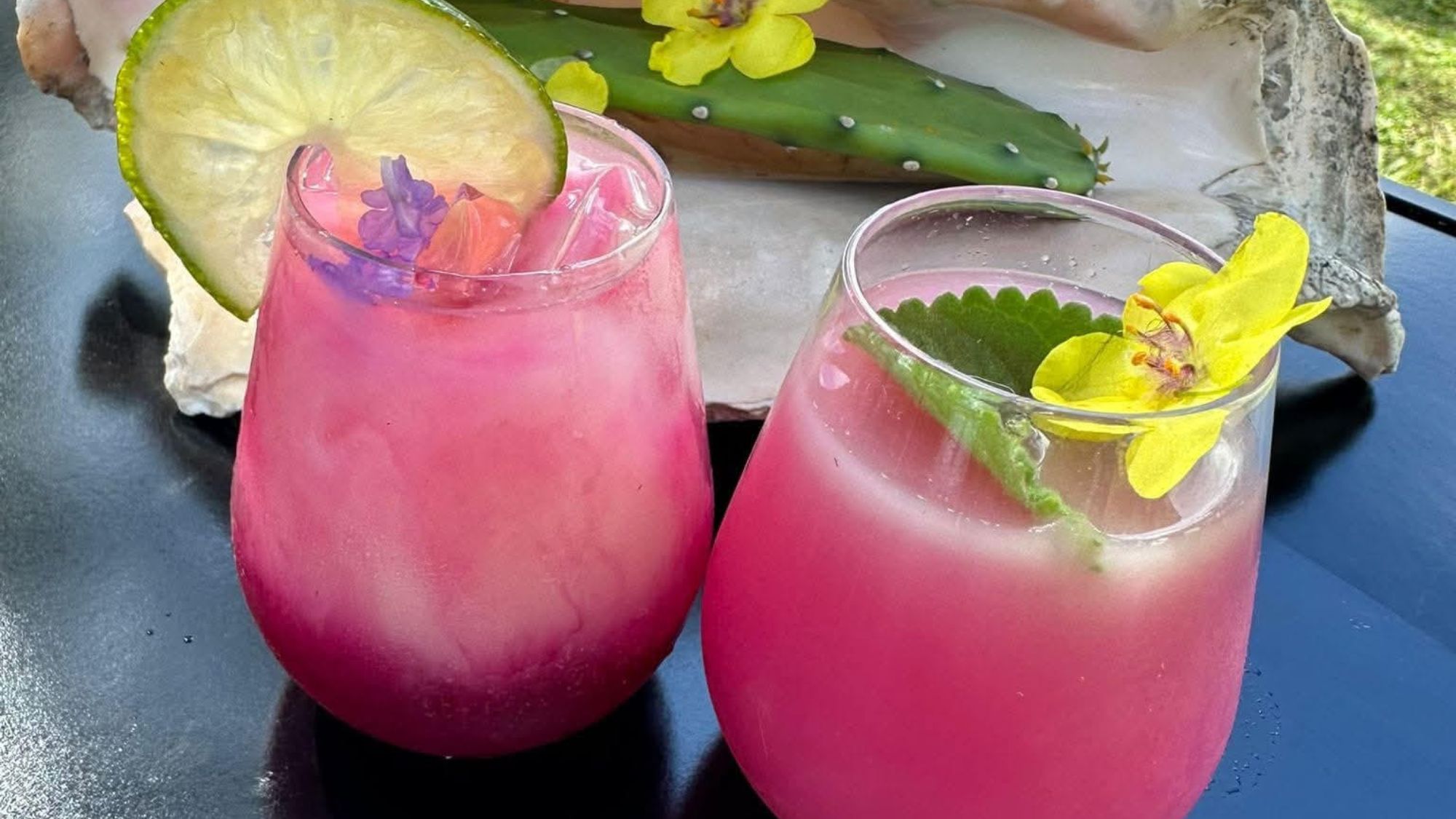Episcopalians at a crossroads
For two centuries, the Episcopal Church was a bulwark of America’s Protestant establishment. Now it is the first mainline church with an openly gay bishop. How did Episcopalians become social pioneers?
Why are Episcopalians so influential?
For most of American history, Episcopalians have occupied a prominent place in the nation’s aristocracy. The denomination was long the country’s wealthiest, best educated, and most ethnically homogenous. One book detailing the church’s history, in fact, describes Episcopalians as “America’s ruling class.” The Episcopal Church’s power does not flow from its numbers: With 2.3 million members, it represents a tiny segment of the population—now about 1 percent. (By way of comparison, there are now twice as many American Muslims.) Yet the church has given the nation 11 of its presidents, more than any other denomination.
What are the roots of this influence?
The Week
Escape your echo chamber. Get the facts behind the news, plus analysis from multiple perspectives.

Sign up for The Week's Free Newsletters
From our morning news briefing to a weekly Good News Newsletter, get the best of The Week delivered directly to your inbox.
From our morning news briefing to a weekly Good News Newsletter, get the best of The Week delivered directly to your inbox.
The Episcopal Church is the American branch of the Church of England. As far back as colonial times, American Anglicans benefited from their connection to the authority of the mother country. The first settlers brought the Anglican faith to Jamestown, in the colony of Virginia, in 1607. In colonial times, so many prominent families in the South were Anglican that the colonial legislatures in Maryland, Virginia, North Carolina, South Carolina, and Georgia established the denomination as the state church. As tensions with England increased in the 18th century, many American Anglicans remained loyal to the king.
What happened after the Revolution?
Many Loyalist clergymen and church members had to flee. But two-thirds of the people who signed the Declaration of Independence were Anglican, and the church’s influence in the new nation soon rebounded. In 1789, all the nation’s congregations sent representatives to a convention in Philadelphia, where they established the Episcopal Church as an American branch of the Church of England. There was only one major doctrinal difference: Unlike their counterparts in England, Episcopalian priests did not have to pledge allegiance to the British crown. When it came time to elect the nation’s first president, voters chose an Episcopalian, George Washington. The church continued to exert a strong influence over both the social and political life of the nation for the next 150 years.
What changed?
A free daily email with the biggest news stories of the day – and the best features from TheWeek.com
In the mid-20th-century, movements for racial equality, sexual liberation, and feminism rapidly eroded the church’s unity and influence. With attendance declining, Episcopal leaders embarked on a period of soul-searching. Church leaders began reaching out to minorities and to women. Over two decades, the church apologized for and vowed to fight racial discrimination, told women to use their own consciences to decide whether or not to have an abortion, and authorized divorced priests to continue to lead congregations. In 1976, a national convention officially changed church law to permit women to be ordained as priests. In 1989, the Episcopalians confirmed the first woman bishop.
How did these changes go over?
Very well, yet also very badly. Many worshipers were thrilled to see the church offer women equality. Some congregations said that the Bible made it clear that only men could serve as ministers of God, and they threatened to break away from the Episcopal Church. The church lost 36 percent of its membership between 1967 and 1997. Many former adherents said they left because the church had become too liberal. In the end, the threatened schism never materialized. Now only two of the country’s 110 dioceses refuse to ordain or deploy women priests. But the American church’s liberal path has put it on a collision course with worldwide Anglicanism—and with conservatives here in the U.S.
Why is that?
America’s Episcopalians operate as part of the worldwide Anglican Communion, a collection of 38 national and regional churches with 77 million adherents. All Anglicans recognize the archbishop of Canterbury as their spiritual leader, but there is no pope or central hierarchy that can issue decrees, as in the Roman Catholic Church. Every 10 years, Anglican bishops set guidelines for all provinces at a meeting called the Lambeth Conference. But each branch is largely free to govern itself—ensuring a constant state of doctrinal disagreement. Some of the branches, or provinces, stick to a literal interpretation of the Bible. This traditionalism is especially popular in Africa and the Third World—the only regions where church membership is booming.
What is the most divisive issue?
Homosexuality. Five years ago, conservative Anglicans demanded that the Lambeth Conference vote on a resolution declaring gay sex to be “incompatible with Scripture.” That resolution prevailed by an overwhelming 526–70 majority, buoyed by strong support from Anglicans from the Third World. More liberal congregations in the U.S., Canada, and the U.K. have essentially ignored that resolution. In the West, Episcopalians and Anglicans have begun offering church blessings for same-sex unions, and have welcomed openly gay clergy in the pulpit. When a U.S. conference approved the Rev. Canon V. Gene Robinson as bishop of New Hampshire this summer, conservatives in the U.S. and abroad said they had had enough.
So what will happen next?
Many foreign bishops, primarily in Africa, have severed relations with the U.S. dioceses that backed Robinson’s election. The Most Rev. Peter Akinola, head of the church in Nigeria, said the American church was “spiritually bankrupt.” In the U.S., at least 52 of the nation’s 7,400 congregations signed a protest petition. Some conservatives are now pressing the archbishop of Canterbury to approve a second Anglican church that would exist parallel to the Episcopal Church in the U.S. Episcopalians have always managed to remain unified despite their differences, but many warn that a schism over homosexuality might be unavoidable. “Today I question not whether we are on the same page or even the same book,” said Bishop Peter Beckwith of Illinois, “but rather whether we are in the same library.”
The divorce that created a church
-
 Prickly pear juice recipe
Prickly pear juice recipeThe Week Recommends Jewel-toned, natural juice is a thirst-quenching treat
-
 The truth about vitamin supplements
The truth about vitamin supplementsThe Explainer UK industry worth £559 million but scientific evidence of health benefits is ‘complicated’
-
 Is convenience culture killing community?
Is convenience culture killing community?In The Spotlight A decline in emotional intelligence could be responsible for a diminished sense of belonging